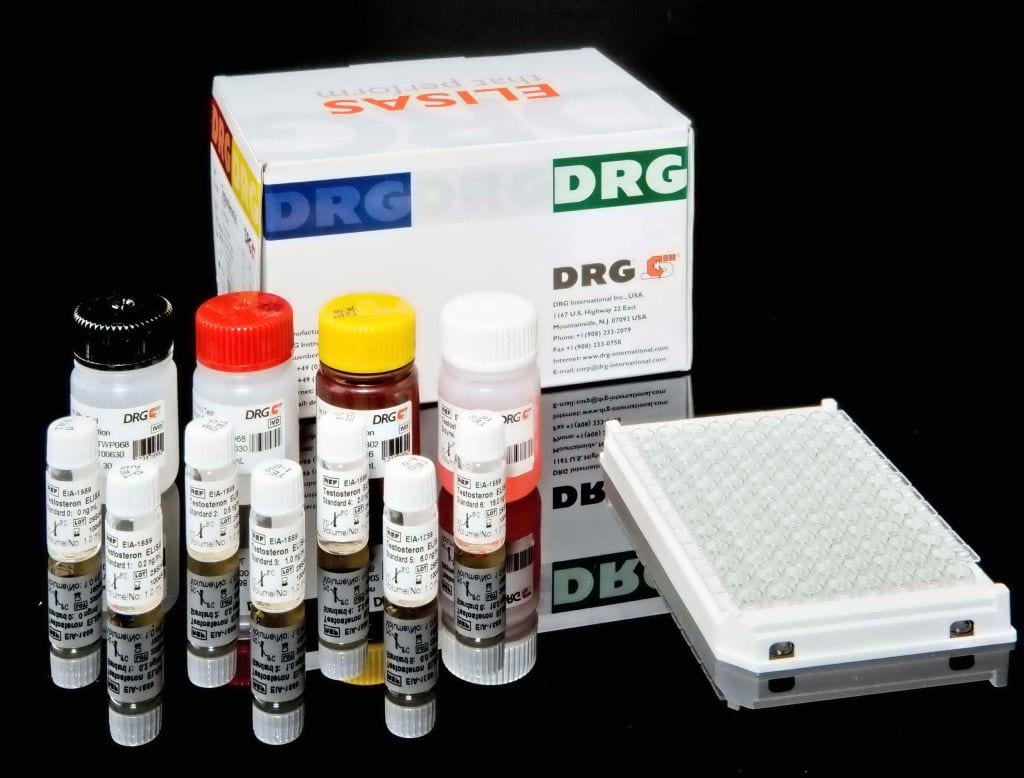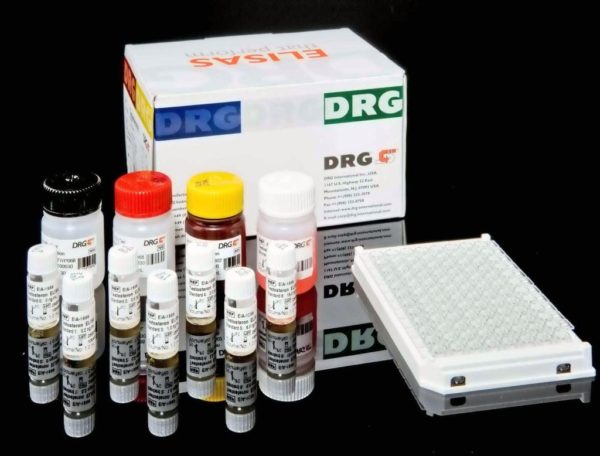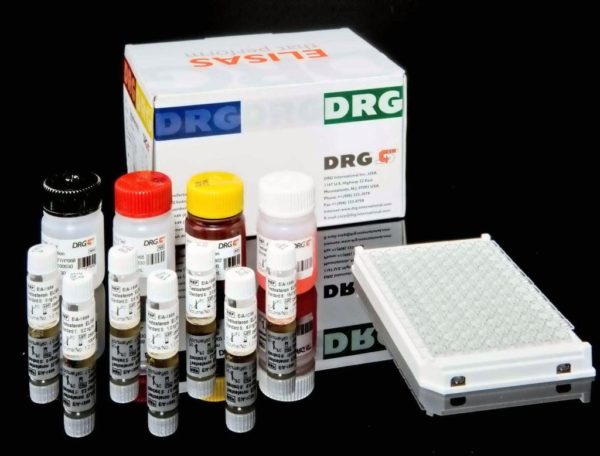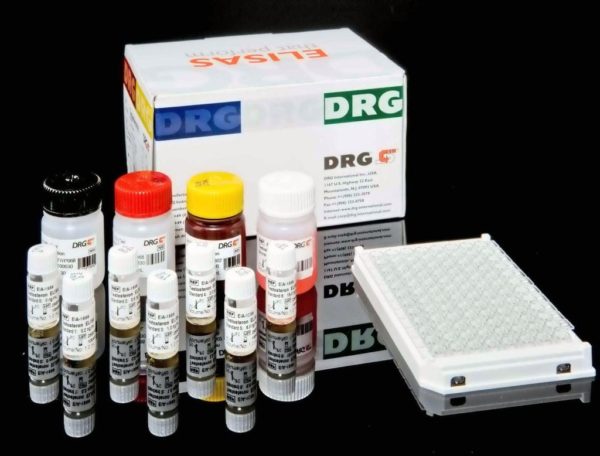Description
The ANA-8-Screen assay is a qualitative enzyme immunoassay (EIA) intended to screen for the presence of antinuclear antibodies (ANAs) in human serum or plasma as an aid in the diagnosis of certain systemic rheumatic diseases. This assay collectively detects, in one well, ANAs against SS-A/Ro, SS-B/La, RNP 70, Sm, RNP/Sm, Centromere B and Jo-1.
Inflammatory connective tissue diseases are characterized by idiopathic genesis along with disturbances in terms of cellular and humoral immunity, systemic organ failure and a chronic course of disease. Additionally, connective tissue diseases exhibit overlapping symptomatic features that render an accurate diagnosis difficult[1]. Considering the diversity of mixed connective tissue diseases, such disorders exhibit a common serological characteristic: the presence of anti-nuclear antibodies [2]. These antibodies are directed against parts of the cell nucleus and the cytoplasm, and many rheumatic diseases are characterized by the presence of one or more of these ANAs [3]. Antibodies to double-stranded DNA (dsDNA), single-stranded DNA (ssDNA), histone, nuclear ribonucleoprotein (RNP) and Smith antigen (Sm) are associated with SLE [4], while antibodies to Sjgren«s syndrome A (SS-A/Ro) and Sjgren«s syndrome B (SS-B/La) can occur in both SLE and Sjgren«s syndrome (SS) [5, 6]. Antibodies to Jo-1 may be observed in polymyositis and dermatomyositis [6], while antibodies to scleroderma-associated antigen (Scl-70) and centromere can occur in patients with progressive systemic sclerosis (PSS). Anti-histone antibodies are associated with SLE and drug-induced lupus [7], while anti-RNP antibodies are linked with mixed connective tissue disease (MCTD) and with SLE [2]. Antibodies directed against centromere are associated with CREST syndrome [3]. Although IFA technology was traditionally used to detect autoantibodies in conjunction with HEp2 cells, it is now widely acknowledged that ELISA technology offers an excellent alternative. IFA technology is subject to errors of interpretation and can be labor-intensive when applied to a large number of unknown samples [8]. The ANA-8 Screen ELISA assay allows for collective and simultaneous screening for the autoantibodies of major significance in one microwell, and effectively eliminates the need for individual interpretation that is inherent in IFA technology.
Purified antigens (SS-A/Ro, SS-B/La, RNP 70, Sm, RNP/Sm, Scl-70, centromere B and Jo-1) are bound to microwells. Antibodies against these antigens, if present in diluted serum or plasma, bind to the respective antigen. Washing of the microwells removes unspecific serum and plasma components. Horseradish peroxidase (HRP) conjugated anti-human IgG
immunologically detects the bound patient antibodies forming a conjugate/antibody/antigen complex. Washing of the microwells removes unbound conjugate. An enzyme substrate in the presence of bound conjugate hydrolyzes to form a blue colour. The addition of an acid stops the reaction forming a yellow end-product. The intensity of this yellow colour is measured photometrically at 450nm.




